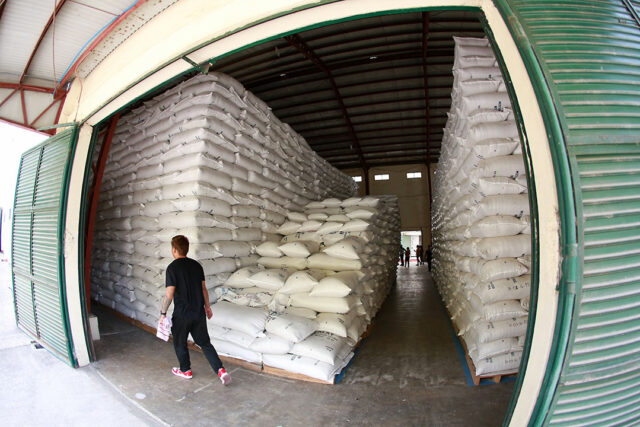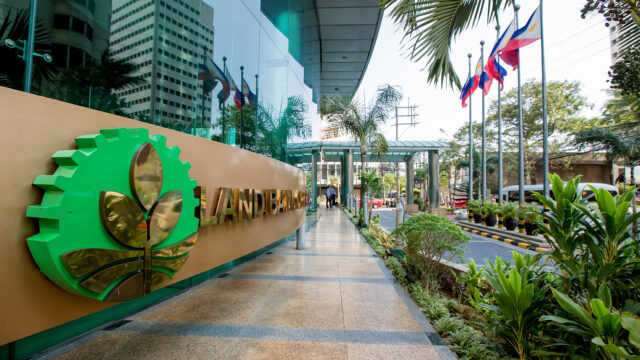MUNICH, Germany — Denmark secured a place in the knockout phase of Euro 2024 with a nervy 0-0 draw in Munich on Tuesday against Serbia — who head home after coming bottom of Group C — and will next face three-time European champion Germany.
The Danes — knowing they only needed a draw to move into the next phase — had more chances with Christian Eriksen pulling the strings from midfield, but were unable to turn that into a goal in their third draw of the tournament.
Denmark finish second in the group with Slovenia third, but both sides go through. The two teams finished level on points, goal difference, goals scored and disciplinary record but Denmark finished higher due to the next tiebreaker of who had the best qualifying ranking.
“It’s going to be great against Germany,” Danish keeper Kasper Schmeichel said of the last-16 match in Dortmund on Saturday. “If we don’t believe in our chances, we might as well go home.”
Serbia defended stoutly for long periods, but could not provide opportunities for veteran striker Aleksandar Mitrovic who appealed unsuccessfully for a penalty several times. They came fourth in the group with two points from two draws.
Both teams had goals disallowed, Denmark for a corner that went out of play and Serbia for offside.
Serbia’s Dusan Tadic called the result a huge disappointment and a failure while Mr. Mitrovic lamented the talented side’s inability to create chances.
“We did not create enough chances to score the goal and that cost us,” Mr. Mitrovic said. “It is a bitter feeling. It is the worst when you are so near and you can do it and at the end you fail. We are emotionally drained.”
The Danes enjoyed substantial possession in the opening period against a Serbia side needing a victory to have a chance of making the knock-out stage of the tournament.
Mr. Eriksen, who set a record for most appearances for Denmark with his 133rd international game, had a shot saved in the first half and was the main attacking threat throughout.
“They had to go forward to score while we already had a result at 0-0 and for that reason we were a bit passive at the end,” Mr. Eriksen said. “It’s surreal to stand here with 133 caps, it’s completely insane. I never dreamed of that.”
Tennis champion Novak Djokovic cheered on Serbia whose fans showed their displeasure throughout the night by throwing plastic cups onto the pitch.
Despite a boisterous atmosphere created by both sets of supporters, the match itself only offered occasional moments of excitement.
Serbia soaked up the pressure in the first half, looking to mainly counter, but they rarely threatened and had more of the ball after the break.
Serbia manager Dragan Stojkovic brought on Dusan Tadic and Luka Jovic at the start of the second half and his side almost broke the deadlock moments after the break. Mr. Jovic later put the ball in the net but the goal was disallowed for offside.
Denmark had 10 total attempts in the match compared to five for Serbia who finished with three strikers as they frantically searched for the goal that would keep them in the tournament.
Denmark manager Kasper Hjulmand subbed off Manchester United striker Rasmus Hojlund and midfielder Morten Hjulmand to bring on fresh legs and preserve the draw. But Mr. Hjulmand will miss the next match after he picked up a second booking of the group stage. — Reuters












